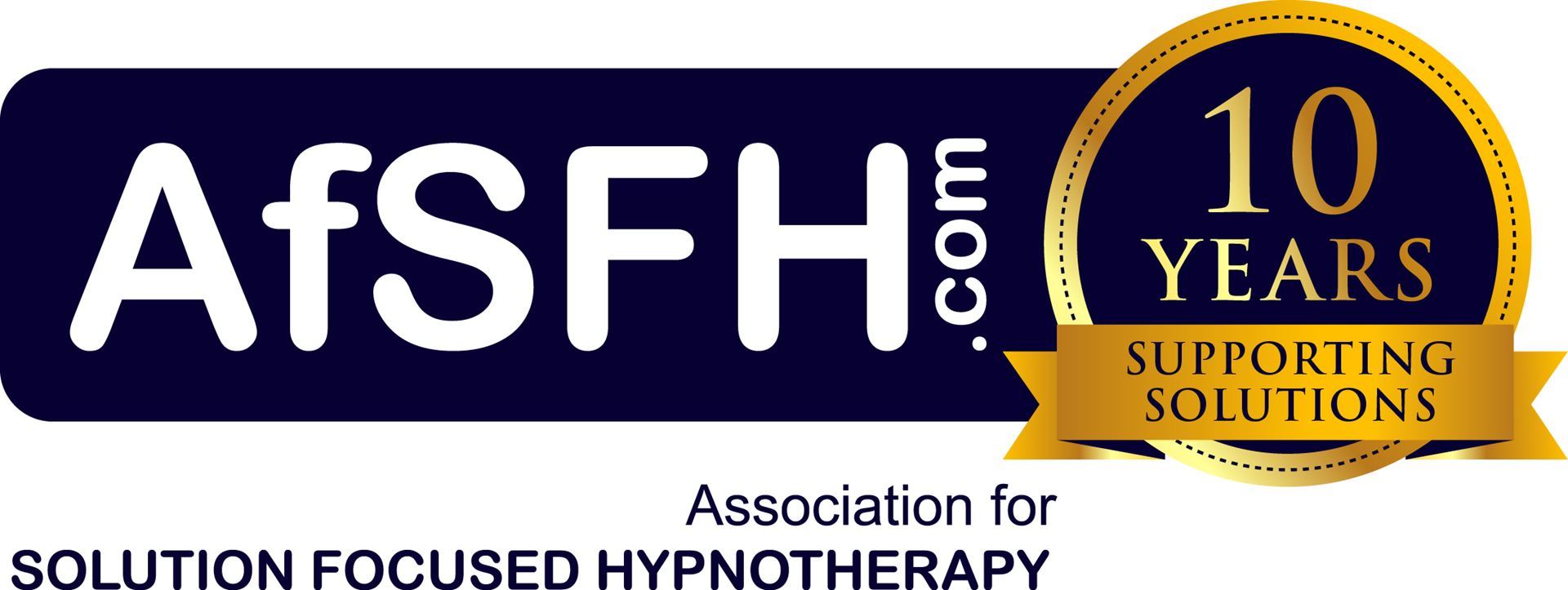AfSFH Blog
- Home
- Blog
Welcome to the AfSFH blog page!
Our blogs are designed to further the aims of the AfSFH, which are to increase public awareness about Solution Focused Hypnotherapy and its benefits, and to support our therapists and their clients.
AfSFH members can send in their blogs for publication to it@afsfh.com, with their name, contact details, and website information (so readers can contact you should they wish to do so).
For members of the public, welcome to the fascinating world of Solution Focused Hypnotherapy!
Don’t forget to join us on Social Media - simply click on the Facebook or Twitter icons below!
